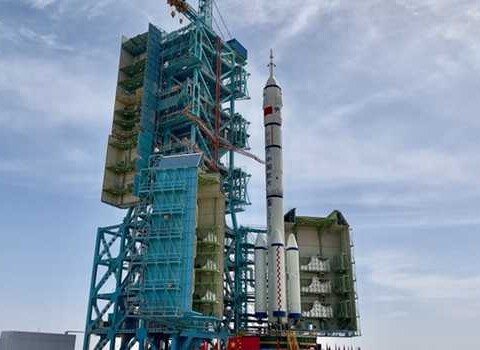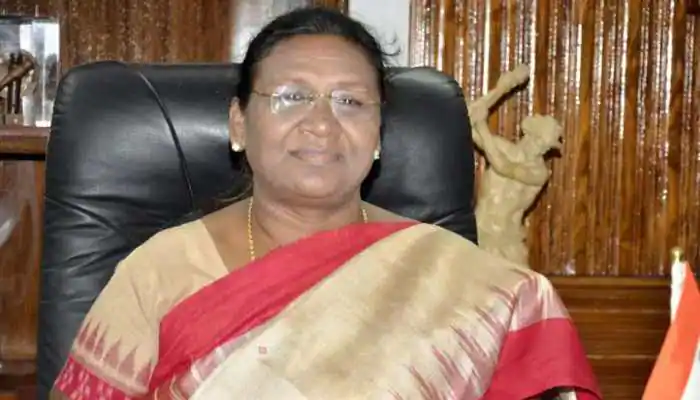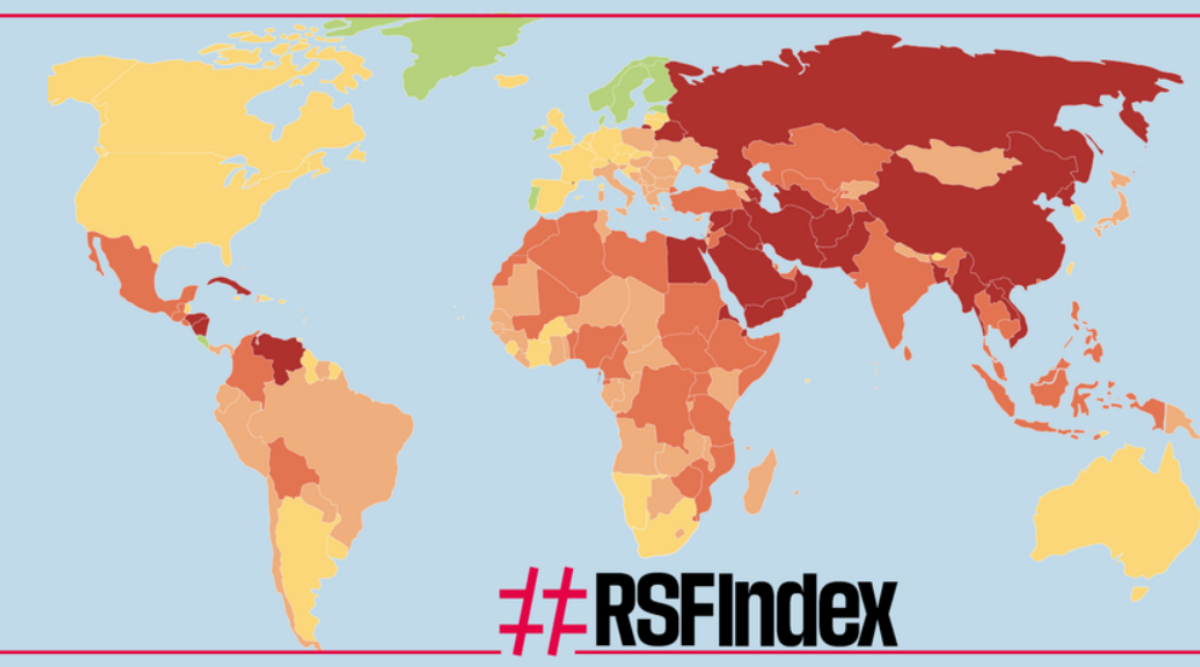Fayaz Rasool
Last year former Chief Minister, Mufti Mohammad Sayeed, in a review meeting of the progress of restoration of Dal Lake took a severe note of the deteriorating condition of this Kashmir’s showpiece-Dal lake. During the meeting it was revealed that the construction material was being ferried illegally during night hours by the residents settled around the Lake to raise the concrete structures and Mufti had directed the police to take a stringent action over it.
But nothing has changed since then: last month the High Court also took a strong note of the “lack of sensitivity” on the part of the authorities to prevent the pollution of the lake. It noted that the lake is shrinking and dying and will be non-existent in the near future if immediate steps for its preservation are not taken.
“From 2002, this court has made earnest and vigorous efforts to ensure preservation of the world famous Dal Lake. Because of the lack of sensitivity on part of some of the authorities the desired results have not been achieved till date,” the court noted and granted the Advocate General DC Raina, who was present during the hearing, four weeks time to report on steps being taken and required to be taken in future for preserving the Dal Lake.
The Court also sought the action over the flow of pollutants into the Dal and warned about closure of Hotel Centaur and Hotel Grand Palace if remedial measures are not taken.
The state government has failed to preserve the Lake and its area has shrunk over a period of time as officials have not only granted illegal permission for raising the constructions but failed to take pollution control measures. On 1 July in the district development board (DDB) meeting of Srinagar, former CM, Mufti Mohammad Sayeed, was confronted by NC MLAs who sought that the measures shall be taken to prevent the lake from dying.
As per the minutes of the meeting, a copy of which lies with The Legitimate, MLA Hazratbal stressed on the need for lowering the water level in the Dal lake to ensure that the inhabitants around it are not flooded.
The MLA sought that the government shall take measures to rehabilitate the people living in the shanties at Rakhi Arth. But not much has happened since then. Earlier in the review meeting of the Lakes and Waterways Development Authority, Mufti was informed that the Dal lake area has not shrunk and rather its expanse has increased due to the pollution control measures undertaken by the LAWDA. But the records suggest only a dismal picture of the lake.
Illegal Permissions
The Vigilance Organization Kashmir in December 2015 registered a case against the officials of the Lakes and Waterways Development Authority (LAWDA) for granting permissions to raise the illegal constructions.
The case was registered under FIR No. 48/2015 u/s 5(1)(d) r/w 5(2) of the J&K Prevention of Corruption Act and section 109, 120-B, 188 RPC against the LAWDA after it was found that various constructions had been illegally raised in the prohibited areas — without permission, in violation of permission, in violation of the Master Plan and in violation of the court orders.
The Vigilance Organisation noted that the enforcement wing of the LAWDA was acting in collusion with the law breakers and facilitating illegal constructions and it held that “commissions and omissions” on part of the enforcement wing constituted an “offence of criminal misconduct”.
It has been due to the massive encroachment around the lake that the state High Court recently directed that the Authorities should demarcate the ‘no construction zone’ around Dal Lake with clear signages and also take steps to identify 200 metres around the lake area by installing identifying marks like signboards, cement and iron poles so that general public is made aware of extent of ‘no construction zone’ around the lake area and possibility of any violation is ruled out.
It has also been directed that the properties raised in violation of norms shall be attached. Government is also planning to install the closed circuit televisions ( CCTVs ) for keeping a vigil in areas both within and surrounding the lake seeking that the CCTVs be installed at entry points and as a recording facility be connected to Control Room to check the transportation of building material within and around Dal Lake area.
A senior government official said that the government has failed to prevent the constructions around the lake area due to which it has remained choked. “Preventing the mushrooming of the constructions can help control the pollution around the lake,’’ said a senior official.
Lack Of Pollution Control Measures
The state government has failed to construct the drainage system around many areas of the Dal Lake due to which the refuse flows directly into the lake. Government had earlier noted that there sewerage treatment plants have not been functioning properly due to which the condition of the lake turned from bad to worse.
As per government records 6 STPs estimated at the cost of Rs 21.45 crore were projected to be constructed in the detailed project report (DPR), out of which 3 STPs were taken up in the first phase at a cost of Rs 9.3 crore. The construction of two STPs of Brari Nambal and Nala Amir Khan had been delayed.
Records reveal that even as the Ministry of Urban and Poverty Alleviation, GoI, raised queries over the effectiveness of the STPs during winter conditions and the sustainability of their huge maintenance cost, the construction work of the STPs was allotted in August 2004 by LAWDA to Thermax at a cost of Rs 8.90 crore including at Habak at the cost of Rs 2.42 crore, Laam at Rs 2.82 crore and Hazratbal at Rs 3.66 core for completion in nine months time.
The STP at Hazratbal, Habak and Laam were commissioned in February 2006, April 2006 and October 2006 and there was time overrun of 9 to 17 months. Tests of outflow of the Hazratbal, Habak STPs conducted in August 2006 by LAWDA , however, showed that the concentration of nutrients present in the waste water had increased at the outflow stage in comparison to the inflow stage. The percentage efficiencies of the STPs had ranged between 63.39.
Government had taken serious note of this and held the expenditure done on the three STPs proved to be counter- productive for the health of the lake. The ammoniac nitrogen and phosphorous contents had been found to be inconsistent in the released water.
In a report prepared recently by the State Pollution Control Board (SPCB) it has been noted that the sewage from the treatment plants around the Dal Lake, including STPs set up by the Sher-e-Kashmir Institute of Medical Sciences, Soura, Hotel Centaur Lake View, SKICC and Grand Palace, was not properly treated. The bio-chemical oxygen levels in the samples collected from the hotel Grand Palace and SKIMS, Soura, were found to be in excess of the permissible limit.
Poor Planning:
Despite expenditure of crores of rupees to preserve the lake here, not significant results have been achieved over it. The excessive weed growth, deterioration in the water quality, discharge of sewage into the lake body and deposition of silt continue to remain as major challenges.
The open area of the lake has reduced to 11.98 square km from 24 square km in 1962 and its average depth has also reduced to three metres. Under the lake conservation programme, as against the target of acquiring 229 hectares of hamlet land and 3,741 structures, only 29.5 hectares of land (13 per cent) and 528 structures (14 per cent) had been acquired till March 2006.
The rate of silt advance into the river has also increased from 7,254 tonnes per year (between August 1998 and August 2003) to 22,354 tonnes per year (between September 2003 and August 2005) despite undertaking catchment area management. Also there was a considerable underutilization of funds ranging between 32 and 60 per cent during 2006-11 due to inaction of LAWDA to execute works like house boat sanitation and infrastructure development.
The DPR for conservation of the lake had not been prepared on the basis of an exhaustive investigation. State government in March 1997 had constituted the LAWDA under the Jammu and Kashmir Development Act, 1970 as an autonomous body, to serve as a one-point agency to look after, manage, and conserve the water bodies and water ways of the state of Jammu and Kashmir. Recognizing the importance of Dal lake conservation, Ministry of Environment & Forests, Government of India, had earlier launched the National Lake Conservation Plan (NLCP), a Centrally Sponsored Scheme and the activities covered under it were: prevention of pollution from point sources by intercepting, diverting and treating pollution loads entering the lake.
The interception and diversion works were to include sewerage and sewage treatment for the entire lake catchment area. The government had launched in 1977 the project of the conservation of Dal- Nigeen Lake. Initially the work on the project was got executed through the State Urban Environmental Engineering Department (UEED). The Dal Lake Conservation Programme was approved and included in NLCP (2005-06) by MoEF, GoI to address the problem areas by way of: reduction in volume of silt caused due to catchment area degradation and increased pollution due to increasing number of lake-dwellers and stoppage of untreated sewage and solid waste from peripheral areas and hamlets.
The project of Conservation and Management of Dal Lake was sanctioned (September 2005) by the GoI under NLCP at an estimated cost of Rs 298.76 crore and targeted for completion in March 2010, but was subsequently extended to March 2012.
Before the programme was brought under the NLCP, the conservation programme of the Lake was being looked after by the State Urban Engineering Department (UEED) which spent `72 crore on the development activities of the lake upto 1996-97. LAWDA, after coming into existence, spent a further amount of `119.43 crore from 1997-98 to the end of March 2005. “ The inaction and lack of proper policy decisions has been responsible for the decay of the lake,’’ added an official.
Dal and Livelihood
Deterioration in the quality of lake water is having an adverse impact on the livelihood of people who depend on the lack for sustenance. The Dal lake attracts large number of tourists, but if its condition continues to deteriorate it will badly impact the tourist numbers visiting the lake.
The cultivators of the lake have been traditionally living on it for sustenance and had been growing vegetables of high quality in floating gardens and lakeside plots known as demb. Rape-seed, maize, tobacco, melons, potatoes, onions, radishes, turnips, white beans, peaches and apricots have been growing abundantly on it.
Besides the springs of the lake itself, the Lake is also fed by a stream which comes from the Marsar Lake high up in the mountains. In its lower course where this stream approaches the north shore of the Dal, it bears the name of Telbal Nallah. The lake is also fed by other smaller streams. The threat of the lake silting up with the deposit brought forth by these streams and the floating gardens extending all over the lake has been recognized since a long time past.
Shifting of Dwellers
The government has been planning to shift the Dal dwellers out from the lake area to save it from deterioration. However not much progress has been achieved on the rehabilitation of Dal dwellers at Rakh-e-Arth, in Bemina, where land has been identified for settlement. As many as 2,532 households have been identified to be shifted to the Rakh-e-Arth spread over 7,526 kanals of the wetland, but only 1,000 households have been shifted so far.
The Dal dwellers earlier boycotted a meeting called by authorities demanding that they should be rehabilitated at Chandpora Harwan as the Rakh Aarth colony is not fit for living as it lacks basic amenities. They have sought that in case the fast track shifting of Dal Dwellers was not possible then they should be allowed to construct and renovate their dilapidated structures.
The rehabilitation and resettlement of the people living around the lake has been an essential component of the overall conservation project for which the state government had transferred land measuring 7565 Kanals at Rakh -I Arth to Lakes and Water Ways Development Authority (LAWDA) for rehabilitation of the Dal dwellers. The Central government had approved the project under the PMRP, but not much progress has been achieved over it.
Dal Facts:–
Dal lake, which is situated in the heart of Srinagar is a major tourist attraction in all seasons of the year. The lake freezes during winters when the mercury falls to -11 degree celsius. Early spring and summers are the wet periods when maximum rainfall occurs and average annual rainfall recorded is 655 mm.
It is in this season that the snow thaws in the higher catchment results in maximum discharge in Dachigam and Dara Nallah which inflows into the Lake. Dal Lake has been an epitome of the Kashmiri civilization from times immemorial. Kalhana, a 12-th century poet writes in his Rajtarangini: “It is a place where the sun shines mildly, being the place created by Kashayapa as if for his glory. The saffron, iced-water and grapes, which are rare even in heaven, are common here. Kailasa is the best place in the three worlds, Himalaya the best part of Kailasa, and Kashmir the best place in Himalaya”.
Hassan (1833) in his celebrated history of Kashmir popularly known as Tarikh-i-Hassan gives a detailed account of origin and evolution of Dal lake based on ancient historian Pt. Ratnakar (Ratnakarpuran) written 300 years earlier than Kalhan’s Rajtarangini.
According to Hassan in olden times at the site of present Dal Lake was a plain desert which was known as Vitalini Marg. King Pravarsen closed the river Behat (now the river Jhelum) from Nowpora side and brought the river into city by way of the foot of Kohimaran (also known as Hari Parbat Hillock).
After a great deal of time, the river Jhelum rose in spate and as a result of the deluge, during the reign of King Durlab Vardhan (625-661 AD) desert became a lake. Sultan Sikandar (1389-1413 AD) constructed a very strong bund upon it from Nayiyar to Nishat Bagh along with six bridges, Choudhary Bridge, Dood Phokhri Bridge, Tulkhan Bridge, Gani Bridge, Oont Bridge and Nishat Bridge. Another bund from Khwajayarbal to Aishabad (presently Ashai-Bagh) on Sodrakhun Lake (now the Nagin Basin) was constructed by Saif Khan (Governor of Kashmir who ruled the valley twice i.e. 1647 AD to 1667 AD and 1668 AD to 1671 AD during the reign of Aurangzeb). Consequently the Dal Lake was divided into three parts viz. Bod Dal (in front of Hazratbal), Lokut Dal (expanse from Shankryacharya to Nishat Bagh) and Sodderkhun (situated in front of Hari Parbat) Hassan describes the water of the lake as sweet and delicious and it was so clear that one could see the fishes down below.
The Sona tank island (presently Teen -Chinari) in the Bod Dal in front of Hazratbal was constructed by Sultan Zainul-Abidin with a three storey Royal Palace. The said Palace according to Hassan fell down by an earthquake. Afterwards the Moghul Emperor built over it a sight-seeing tower. Ameer Khan renovated it and drew the lake water to the Chinar trees and into the garden of the building through a Persian water wheel and also raised up exhilarating fountains, the sight of which he used to enjoy very often.
In the Lokut Dal Ropa tank island (presently known as Char-Chinari) was built by Sultan Hassan Shah (1475-1478 AD) but its building was destroyed in Sikh period (1819-1843). Walter R. Lawrence, who was Resettlement Commissioner of Kashmir, in 1887, writes “Perhaps in the whole world there is no corner as pleasant as the Dal Lake.
The water of the Dal is clear and soft as silk, and the people say that the shawls of Kashmir owe much of their excellence to being washed in the soft waters of the lake”. The importance of the lake as a tourist resort is more than five centuries old. Several rulers in the past used the lake for recreation and its beautified surroundings.
The famous Moghul gardens around the lake have been built during 16th –17th century and their number was about five hundred but only a few of these have survived. The lake up to the commencement of 16th century was in its pristine state. In 18th and 19th century the city of Srinagar started expanding towards the lake resulting in far reaching changes in the lake environs. Human interference by way of settlement in the lake to facilitate pedestrian traffic and establishment of lake tourism by providing floating residences (house-boats) got accelerated. Nature has done much for the Dal, but the Mughal emperors have in their time nobly exerted themselves to enhance the natural beauties of the lake.
The park of plane trees known as the Nasim Bagh, the garden of breezes, which was planted in Akbar’s time, is the most beautiful of all the pleasure places of the royal gardens of old times. Nothing is perhaps more striking than the ruined Pari Mahal, standing grandly on a spur of the Zabarwan Mountain, a memorial of the Moghul love for letters. The Pari Mahal was built by Prince Dara Shikoh for his tutor Mulla Shah. Mulla Shah’s tomb is at Mulshahi Bagh, near the entrance of the Sind valley. The houseboats in Dal Lake owe their origin to the British rule, during which these lavish floating wooden palaces were constructed.











